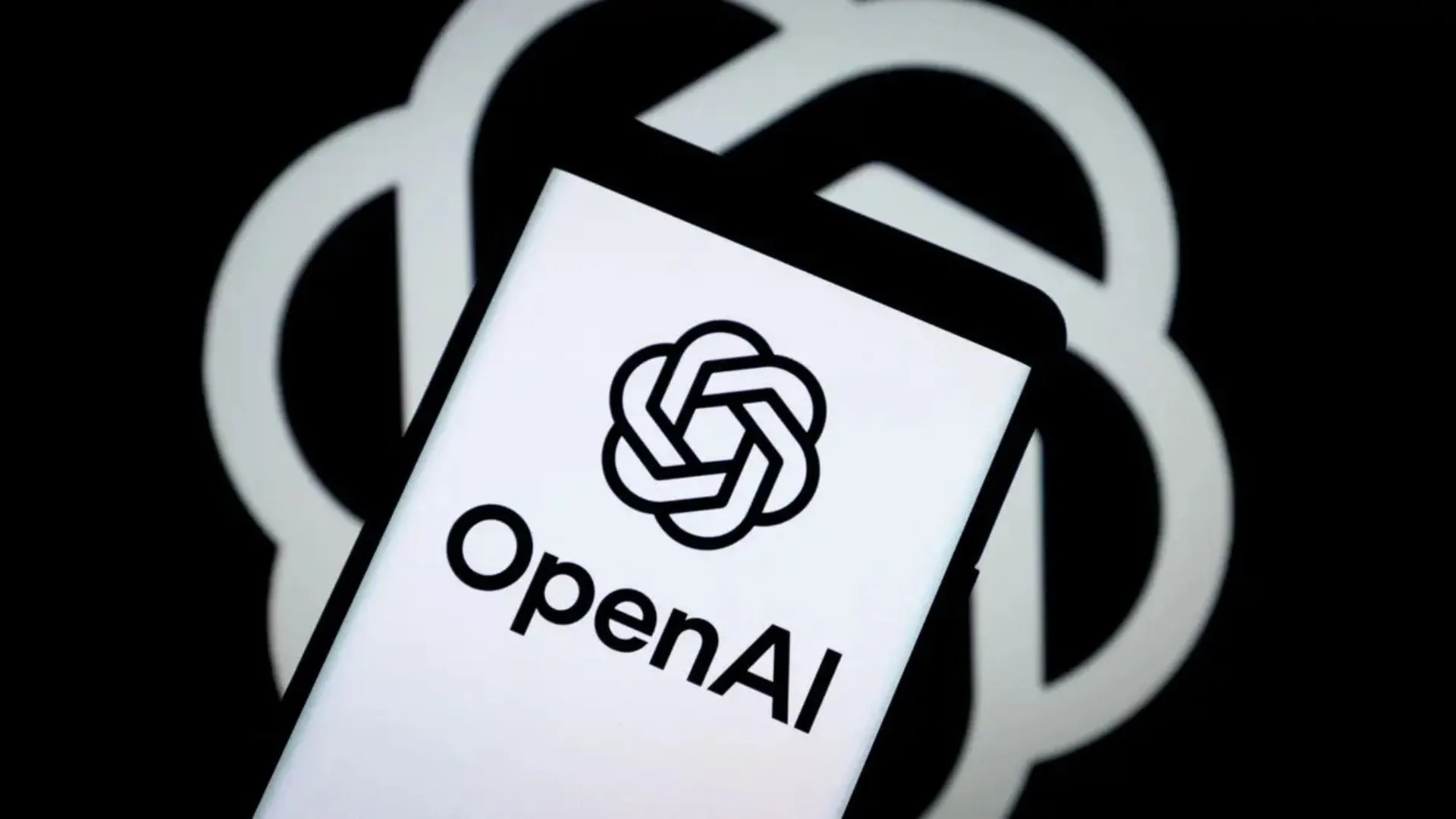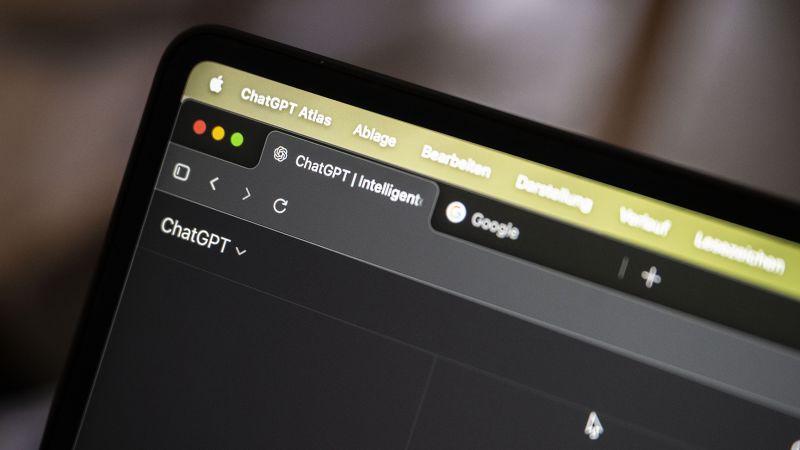Copyright Interesting Engineering

OpenAI has unveiled Aardvark, autonomous AI agent that hunts for software vulnerabilities before hackers can exploit them. Powered by GPT-5, Aardvark could redefine how security teams protect critical codebases, acting as a tireless, intelligent partner that never stops scanning, testing, and fixing. Software security remains one of technology’s most difficult frontiers. Every year, tens of thousands of new vulnerabilities are discovered in enterprise and open-source software. OpenAI says it built Aardvark to “tip that balance in favor of defenders,” enabling faster detection and repair than human researchers can manage alone. Described as “an agentic security researcher,” Aardvark uses large language model reasoning and tool-use instead of traditional methods like fuzzing or static analysis. The AI reads and interprets code like a human would—identifying risks, testing exploits, and generating patches in real time. “Aardvark represents a breakthrough in AI and security research: an autonomous agent that can help developers and security teams discover and fix security vulnerabilities at scale,” OpenAI said. The system is currently available in private beta as OpenAI validates its capabilities with early partners. How the agent works Aardvark continuously monitors source code repositories, analyzing commits, scanning for vulnerabilities, and prioritizing which ones matter most. It then tests potential flaws in a secure, sandboxed environment to confirm if they can actually be exploited. Once verified, Aardvark automatically proposes fixes through OpenAI Codex, attaching ready-to-review patches for developers. While it reasons and tests much like a human security researcher, reading code, identifying logic flaws, and suggesting targeted fixes, the final decision always rests with developers, who review and approve each patch. According to OpenAI, “Aardvark looks for bugs as a human security researcher might: by reading code, analyzing it, writing and running tests, using tools, and more.” In internal use, it has already helped uncover and fix meaningful vulnerabilities across OpenAI’s own systems and those of select alpha partners. During benchmark testing, the AI identified 92% of known and synthetically introduced vulnerabilities, demonstrating what OpenAI calls “high recall and real-world effectiveness.” Partners have praised its ability to spot issues that emerge only under complex, real-world conditions. Defending open source Aardvark has also been deployed across open-source projects, responsibly disclosing multiple vulnerabilities, ten of which have been assigned CVE identifiers. OpenAI says it plans to offer pro-bono scanning for select non-commercial repositories to help secure the open-source ecosystem. “As beneficiaries of decades of open research and responsible disclosure, we’re committed to giving back,” the company said, adding that it will contribute “tools and findings that make the digital ecosystem safer for everyone.” The company recently updated its disclosure policy to make it more developer-friendly, focusing on collaboration and sustainable impact rather than rigid timelines. It anticipates that Aardvark and similar tools will uncover growing numbers of bugs, demanding new cooperative frameworks for long-term software resilience. A new defense era With over 40,000 vulnerabilities reported in 2024 alone, Aardvark’s launch comes at a pivotal moment. OpenAI calls it “a new defender-first model,” built to protect evolving codebases without slowing innovation.



